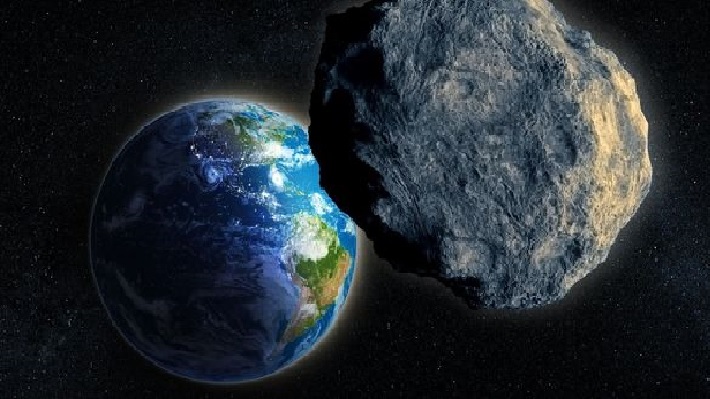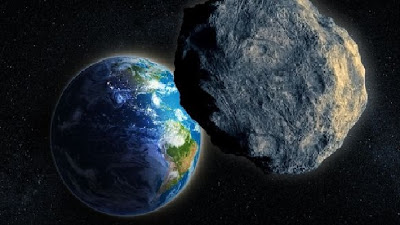

| Online: | |
| Visits: | |
| Stories: |

| Story Views | |
| Now: | |
| Last Hour: | |
| Last 24 Hours: | |
| Total: | |
TradCatKnight: Nasa detects two space rocks heading towards Earth
Sunday, January 15, 2017 15:42
% of readers think this story is Fact. Add your two cents.
Nasa detects two space rocks heading towards Earth
Nasa detects two space rocks heading towards Earth
TCK Briefing within
This week a comet that started life in the outer reaches of our solar system will be visible from Earth for the first time, as it approaches our planet’s orbit. The comet will be 66 million miles (106 million km) from Earth at its closest approach.
Another recently-discovered object, called 2016 WF9, has also been taking a scenic tour of our solar system, approaching Jupiter’s orbit at its greatest distance from the sun. On 25 February this year, it will approach Earth’s orbit, passing at a distance of nearly 32 million miles (51 million kilometers) from Earth. But Nasa still doesn’t know whether the object is an asteroid or a comet.
 Two space rocks are currently heading towards Earth: One is an Comet, the other one is an unknown object. Photo / 123RF
Two space rocks are currently heading towards Earth: One is an Comet, the other one is an unknown object. Photo / 123RF
First object: Comet
The comet, C/2016 U1 NEOWISE, “has a good chance of becoming visible through a good pair of binoculars, although we can’t be sure because a comet’s brightness is notoriously unpredictable,” said Paul Chodas, manager of Nasa’s Center for Near-Earth Object (NEO) Studies at the Jet Propulsion Laboratory in Pasadena, California.
This week, comet C/2016 U1 NEOWISE will be in the south-eastern sky shortly before dawn. Nasa is unsure exactly how large it is.
It is moving farther south each day and it will reach its closest point to the sun, inside the orbit of Mercury, on 14 January, before heading back out to the outer reaches of the solar system for an orbit lasting thousands of years.
While it will be visible from Earth, it is not considered a threat to our planet.
Second object: Asteroid or comet?
Next month, another object, which is a blurred line between an asteroid and a comet, might also be visible.
This object was discovered by Nasa’s NEOWISE mission, the asteroid-and-comet-hunting portion of the Wide-Field Infrared Survey Explorer (WISE) mission, on 27 November last year.
Over the course of 4.9 Earth-years, it has travelled inward, passing under the main asteroid belt and the orbit of Mars until it will swing just inside Earth’s own orbit in February this year.
“The trajectory of 2016 WF9 is well understood, and the object is not a threat to Earth for the foreseeable future,: says Nasa.
What scientists do know is that 2016 WF9 is relatively large: roughly 0.3 to 0.6 miles (0.5 to 1 kilometre) across. It is quite dark, reflecting only a few per cent of the light that falls on its surface. Its body resembles a comet in its reflectivity and orbit, but appears to lack the characteristic dust and gas cloud that defines a comet.
If you enjoy the TradCatKnight blogs, please recommend above as a contributor!
Watch Video and Read more at link above

The contributor has disabled comments for this story


